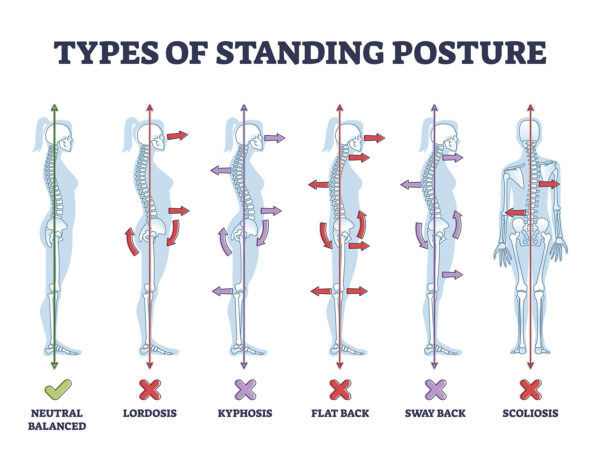Unpacking the Myth’s Origins
Historically, concerns surrounding youth and weightlifting centered on potential injuries, particularly to the growth plates. This concern has spiraled into the widely accepted myth that lifting weights can stunt growth. But to understand its validity, we must first trace its origins, which are largely rooted in outdated beliefs, misconceptions, and isolated incidents rather than broad scientific consensus.
Growth Plates: The Epicenter of Concern
Growth plates, or epiphyseal plates, are zones of cartilaginous tissue found at the ends of long bones in children and adolescents. They’re instrumental in bone lengthening. Because they’re the last parts of a child’s bones to ossify (harden), they’re considered more susceptible to injuries.
The Verdict from Scientific Research
Most contemporary research supports the idea that resistance training, when done with proper techniques and appropriate loads, does not harm growth plates or stunt growth. In fact, many studies indicate benefits to bone health and strength when children and adolescents engage in weightlifting under proper guidance.
However, it’s essential to differentiate between resistance training and the potential harms of powerlifting or using extremely heavy weights without supervision or proper technique.
The Critical Role of Guidance and Technique
The key to ensuring safety in youth weightlifting is not avoiding the activity altogether but emphasizing proper technique and ensuring supervision. A well-structured and supervised weightlifting program can provide young individuals with strength gains, improved athletic performance, and decreased injury risk in other sports.
Benefits of Youth Weightlifting
When practiced safely, weightlifting offers numerous advantages to young individuals:
- Bone Health: Strength training can enhance bone density, providing long-term benefits.
- Muscle Development: It helps in building and toning muscles, crucial for athletic performance.
- Improved Metabolism: Regular weight training can improve metabolic health.
- Psychological Well-being: Engaging in such training routines can also bolster self-esteem and mental health.
Real Concerns to Address
The primary concern isn’t weightlifting per se, but how it’s approached. Injuries, including those to growth plates, often stem from overtraining, inadequate supervision, or poor technique. It’s essential to prioritize safety, listen to one’s body, and ensure adequate rest and recovery.
Concluding Thoughts: Fact vs. Fiction
While lifting weights can pose risks if not done correctly, the blanket statement that it stunts growth is not supported by current scientific evidence. With the right approach and guidance, weightlifting can be an excellent activity for youth, promoting physical health and discipline. Parents and guardians should work closely with fitness professionals to ensure a safe and beneficial experience for young lifters.







